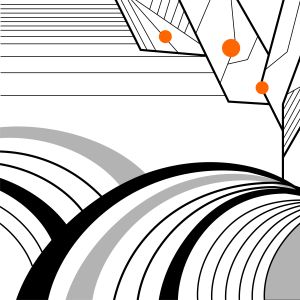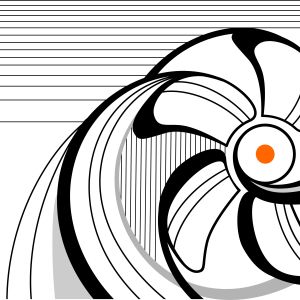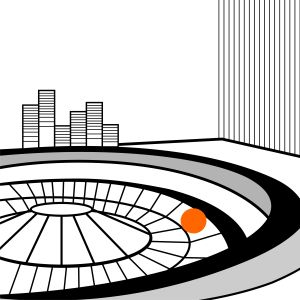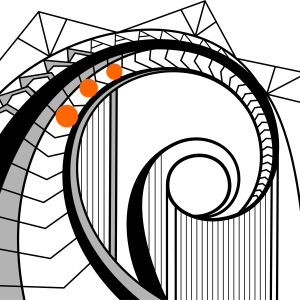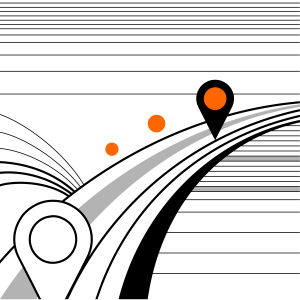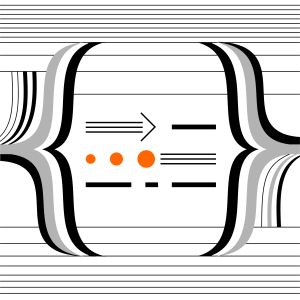Technical Review: The Integration of Advanced Technologies in Modern Viticulture and Enology
Analysis of Technological Integration in Wine Production for Process Optimization and Quality Control
Introduction: From Empirical Methods to Data-Driven Enology The transition from traditional, experience-based winemaking to a data-driven methodology represents a fundamental operational shift. For wine producers, the integration of technology is no longer a matter of competitive advantage but a core component of sustainable and high-quality production. This document analyzes key technologies being implemented across viticultural and enological stages, with a focus on their technical specifications, operational impact, and regional implementation in European, Georgian, and Armenian contexts.
1. Precision Viticulture: Granular Data for Canopy and Soil Management
The optimization of grape quality begins with the quantitative analysis of vineyard variables. Precision viticulture leverages remote sensing and in-situ data collection to move beyond uniform field management to variable-rate application.
-
Remote Sensing Technologies:
- UAVs (Unmanned Aerial Vehicles) with Multispectral and Hyperspectral Sensors: These systems capture data across multiple light spectrums to calculate indices such as NDVI (Normalized Difference Vegetation Index). NDVI data provides a direct measure of plant vigor and biomass. This allows for the precise mapping of vineyard blocks to identify zones of weak growth, which may indicate nutrient deficiencies (e.g., nitrogen) or water stress. The spatial resolution can reach centimeters, offering an unparalleled level of detail.
- Satellite Imagery (e.g., Sentinel, Landsat): While offering lower spatial resolution than UAVs, satellites provide cost-effective, long-term monitoring of large vineyard expanses, crucial for tracking vegetation trends over entire seasons.
-
In-Situ Sensor Networks:
- Soil Moisture Probes: Placed at various depths, these sensors provide real-time data on water availability in the root zone, enabling deficit irrigation strategies that induce beneficial water stress to enhance polyphenol concentration in grapes.
- Sap Flow Sensors: Attached directly to the vine trunk, these instruments provide a direct measurement of the plant's transpiration rate, offering the most accurate data for irrigation scheduling.
- Digital Weather Stations: These stations record hyperlocal meteorological data (temperature, humidity, rainfall, leaf wetness), which feeds into disease prediction models (e.g., for powdery and downy mildew), allowing for targeted, preventative fungicide applications rather than calendar-based spraying.
Statistical Impact: Studies, including those by the OIV (International Organisation of Vine and Wine), demonstrate that variable-rate irrigation based on sensor data can reduce water consumption by 20-40% while simultaneously increasing grape quality parameters like sugar content and phenolic maturity.
2. Enological Process Control: Automation and Real-Time Analysis
Technological integration within the winery is geared towards minimizing human error, increasing process efficiency, and ensuring replicability.
-
Grape Reception and Sorting:
- Optical Sorters: These machines use high-speed cameras and machine learning algorithms to analyze the color, shape, and integrity of each grape. Unwanted material, including MOG (Material Other than Grapes), underripe (high acid, low sugar), or botrytized berries, is ejected with compressed air jets. This results in a cleaner must with superior fermentation kinetics.
- Optical Sorters: These machines use high-speed cameras and machine learning algorithms to analyze the color, shape, and integrity of each grape. Unwanted material, including MOG (Material Other than Grapes), underripe (high acid, low sugar), or botrytized berries, is ejected with compressed air jets. This results in a cleaner must with superior fermentation kinetics.
-
Fermentation Management:
- Automated Temperature Control Systems: Modern stainless-steel tanks are equipped with glycol jackets and integrated probes linked to a central PLC (Programmable Logic Controller). The system maintains the fermentation temperature within a pre-set range (e.g., ±0.5°C), which is critical for yeast health and the preservation of volatile aromatic compounds.
- In-line Sensors for Must Analysis: Technologies like Fourier-transform infrared (FTIR) spectroscopy can be integrated into tank circulation loops. These systems provide real-time readings of key parameters such as °Brix (sugar), ethanol, pH, and malic acid. This continuous data stream allows for precise additions (e.g., nutrients, oxygen) and informed decision-making without the delay of manual sampling and lab analysis.
-
Aging and Maturation:
- Micro-oxygenation (MOX): This technique allows for the controlled introduction of minute, precise quantities of oxygen into the wine, simulating the slow oxidative aging process of a barrel. It is used to stabilize color, soften tannins, and reduce vegetative aromas. The dosage is measured in mg/L/month, providing a high degree of control over the wine's structural development.
3. Regional Implementation Analysis
-
Europe (France, Italy, Spain): High-tech adoption is often integrated into established AOC/DOCG frameworks. The focus is on incremental optimization. For example, premier Bordeaux estates use LIDAR (Light Detection and Ranging) to create high-resolution topographical maps for drainage analysis and clonal selection. The investment driver is the protection of a high-value product.
-
Georgia: The primary technical challenge is integrating modern process control with traditional qvevri winemaking. Producers are now using non-invasive probes to monitor temperature profiles within the qvevri. Furthermore, advanced laboratory analysis (gas chromatography-mass spectrometry) is used to study the unique aromatic profiles derived from qvevri aging, helping to standardize and explain these characteristics to international markets.
-
Armenia: With a revitalized industry, many wineries are built "tech-first." They are leapfrogging older technologies and installing fully integrated cellar management systems from the outset. This includes SCADA (Supervisory Control and Data Acquisition) systems that control everything from press cycles to fermentation and barrel hall climate. This approach is ideal for establishing a baseline of high quality and consistency for a new generation of wines.
4. Data Management and Traceability: Blockchain
For producers, blockchain offers a robust solution for supply chain integrity and provenance verification. Each transactional step—from harvest lot, fermentation batch, and bottling date to shipping logistics—is recorded as a permanent, encrypted block. This creates an unalterable digital "passport" for the wine, accessible via a QR code. For the producer, this technology serves two functions:
- Anti-counterfeiting: It guarantees authenticity to importers and end-consumers, protecting brand equity.
- Process Auditing: It provides a complete, verifiable record of the production chain, crucial for quality control audits and certifications (e.g., organic, sustainable).
Conclusion for the Producer The adoption of technology in winemaking is a strategic imperative. It facilitates a shift from reactive problem-solving to proactive process optimization. By leveraging quantitative data from the vineyard and winery, producers can mitigate risks associated with climate variability, improve resource efficiency, and achieve greater control over the final product's chemical and sensory profile. The result is a more resilient, predictable, and high-quality production system.
